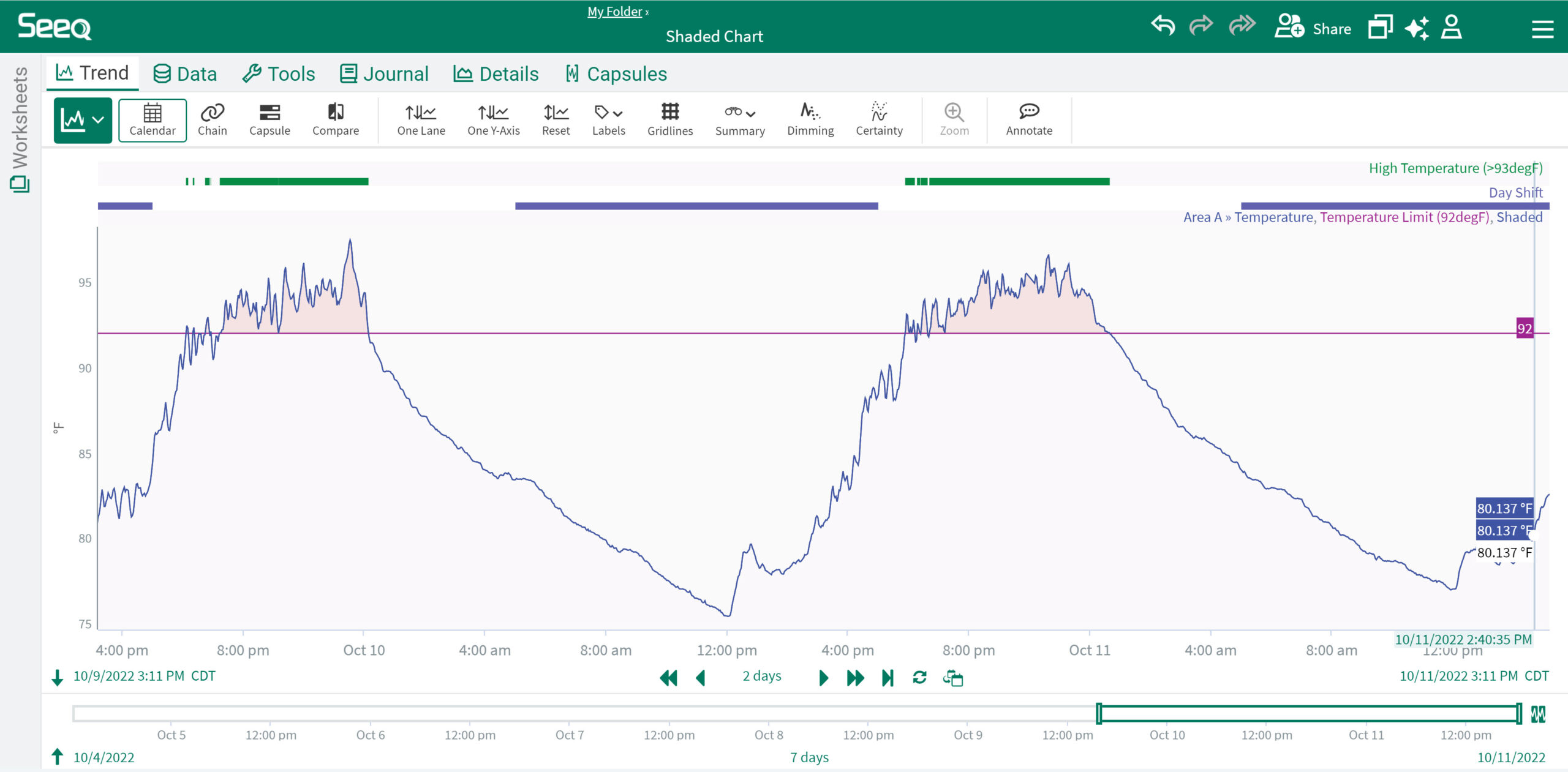A single source of truth can improve time-to-revenue.
Whether it’s a large company producing several hundred thousand barrels of oil per day or a start-up with little to no assets, oil & gas producers face growing data and process complexity. What’s needed to cut to the chase is a single source of truth for an entire company.
Upon engaging with an oil & gas company in a meaningful discovery dialogue regarding its current processes and systems, it’s most often found that these organizations use a mix of “best-of-breed” software solutions across the oil production value chain. For example, the Land department may use a software solution specifically built to house data collected for that discipline. Geology and Engineering may well do the same.
The challenge is—from inventory to geology, well-pad construction, drilling, and completions—these functional areas are siloed in terms of data storage, management, and information sharing. Granted, some data collected and managed by a given functional area may not be important to other functional areas that make up the company’s information ecosystem. However, critical well data may not be shared or isn’t easily shared with other functional areas outside of the core discipline that captures the data.
The result is multiple emails, disruptive office visits, and time-consuming meetings used to gather information and gain alignment. With no central source of truth across the oil production value chain, inefficiencies and poor communication follow.
Beyond best of breed
Besides best-of-breed software solutions that don’t talk to one another, throw a multitude of spreadsheets into the mix, further exacerbating the business challenge with versioning issues, corrupted data, and the lack of an effective audit trail of who did what and when.
For scheduling of drilling and completions activities in a single-well, single-pad world, this limited information sharing may have sufficed. In an increasingly complex multi-well, multi-pad world, it is ever more time-consuming for organizations to accurately schedule drilling and completions activities using spreadsheets.
Software solutions available today can help organizations solve these business problems by enhancing and optimizing, but not necessarily replacing, the best-of-breed software solutions already in use. These type solutions are often referred to as integrated well data management systems. They have the integration tools to extract data from functional silos on a real time, hourly, or daily basis.
Thus, the using company can have one up-to-date data repository accessible to each functional area along the oil production value chain. Critical data is found in a single place, with updated information of who did what and when.
With integrated job-scheduling tools, Gantt chart drag and drop functionality allows companies to determine when potential job scheduling conflicts may occur and take immediate action to avoid the conflict. These capabilities are critical in today’s “lower-for-longer” $70 per barrel oil environment, for public and private producers alike.
What to look for
Anyone exploring the market for well life-cycle data management options should look for a complete end-to-end system that is highly configurable and can grow as a company grows. From inventory to well abandonment, besides being a proverbial single source of truth, the solution should offer modules that integrate easily with existing software solutions, enabling it to fill in gaps for a functional area that was heretofore dependent on spreadsheets to manage and share data.
By implementing modules that act as gap fillers, a company can reduce and potentially eliminate awkward spreadsheets that otherwise cause chronic versioning and audit trail issues that lead to time-consuming email trains and time-wasting meetings. Combined with robust workflow and audit functionality, such a solution can be the central source of truth for any oil & gas company.
To best describe how such a data management solution solves business problems for upstream oil and gas companies, let’s look at an example of some of the typical business problems experienced in the market place.
Case study example
In this example, a start-up oil & gas company was formed based on assets acquired from a large multinational oil & gas company. The start-up company kept its well data in the spreadsheets that the multinational oil company had provided. The company had an aggressive growth strategy to drive oil production from 10,000 barrels per day (bpd) to more than 50,000 bpd within a few months. The company first purchased financial software and forecasting software.
What was needed subsequently was an overall solution that allowed it to store, manage, and share well data in one place. In addition, several functional areas along the production value chain had no solution for storing, managing, or sharing data. This included the sites and facilities team responsible for constructing and maintaining well sites.
The company also needed a way to schedule well drilling and completions work. It was getting by with spreadsheets but realized this was not a sustainable work scheduling method. The company needed a way to ensure work was being completed and approved by the appropriate functional areas along the oil production value chain.
As a result, the company evaluated three software options that potentially could solve its business problem. It decided on the one solution that met the following criteria:
- Highly configurable, with the ability to scale as the company grew
- Easily integrated, with the means to pull data in from the two software packages already in place
- Included software modules for functional areas that had no software solution to store, manage, and share data
- Included a job scheduling tool for drilling and completions work
- Had workflow capabilities including automatic notifications for approval management
- Easily implemented to meet the company’s needs and timeline.
Too many spreadsheets
In another example, a well-established oil company used spreadsheets to schedule drilling and completions jobs. The spreadsheets worked well enough in a single well, single pad environment. However, in the new world of multiple wells being drilled on one pad, scheduling fracking and completions jobs became unmanageable.
The company also had pre-existing best-of-breed solutions that made sharing data inefficient. The company conducted a thorough review of several potential software solutions through a Request for Proposal process. It decided on a solution that could:
- Solve its scheduling challenges with a robust, user-friendly scheduling tool that included drag-and-drop Gantt charts to avoid scheduling conflicts and costly delays when scheduling completions work
- Act as a gap filler to integrate and pull data from pre-existing best-of-breed software
- Include workflow functionality that allows managers of approvals while automatically notifying their peers to take appropriate action.
A comprehensive, end-to-end well-data management solution helps oil & gas companies achieve a single source of truth across the oil production value chain. It optimizes existing software solutions, eliminates spreadsheets, and fills in gaps for functional areas not equipped with adequate data storage and management. By improving efficiencies, oil & gas companies can shorten time to production and increase their focus core competencies.
Frank Gannon is a vice president at Micotan Software Co., a supplier of a well lifecycle data-management software.



